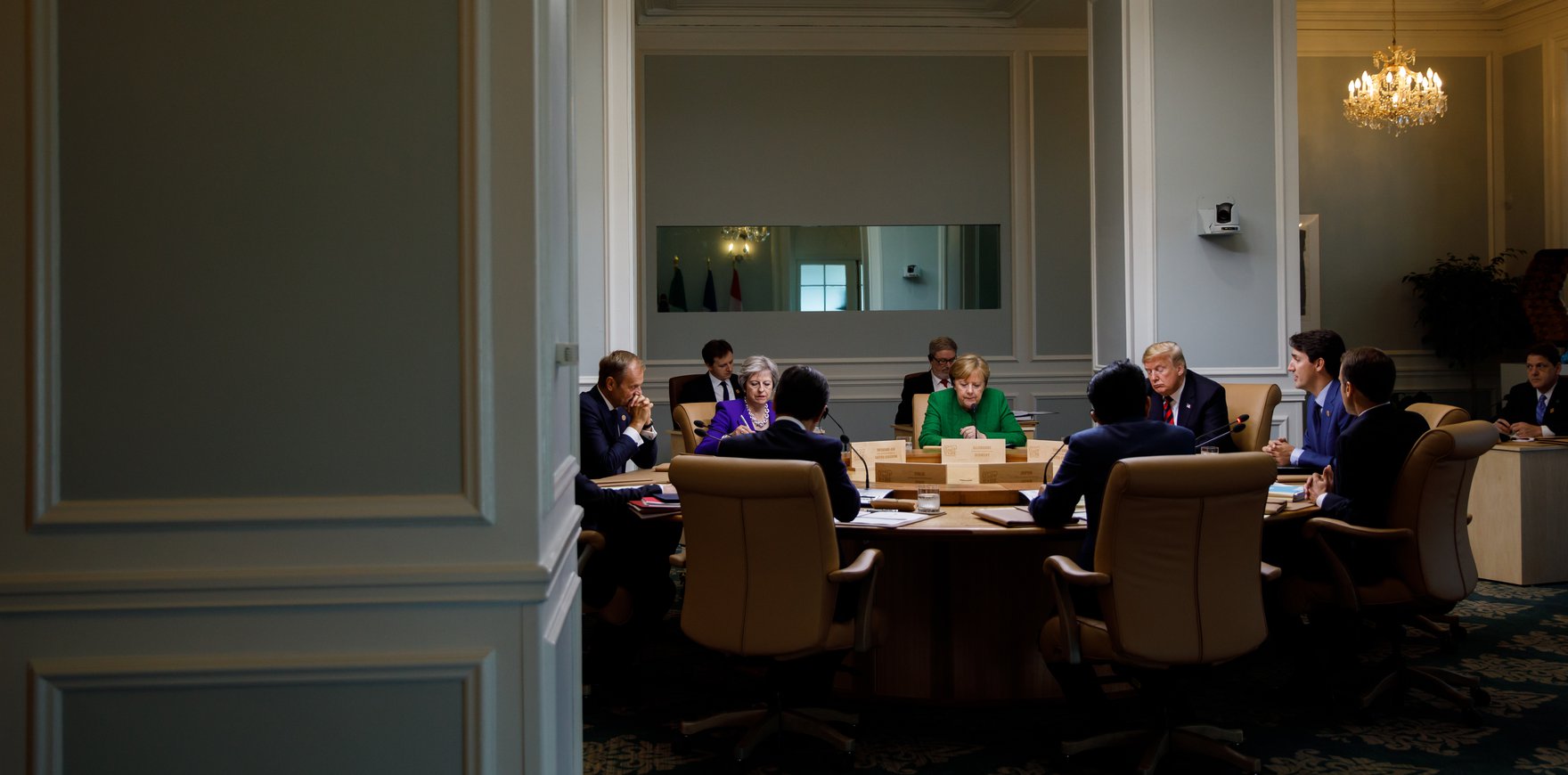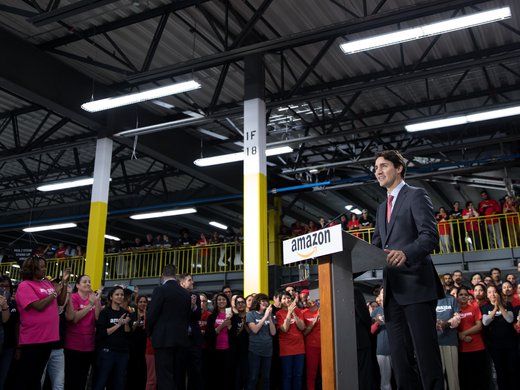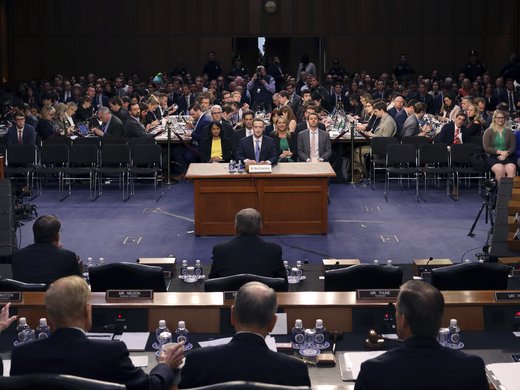As the host nation of the recent Group of Seven (G7) summit in Charlevoix, Canada wanted to focus on technology’s disruption of employment as we know it, and hoped to address the future of work with some of the world’s largest economies. Instead, the attention went to the disruptive US President Donald Trump and his protectionist trade agenda.
Canada’s drive to host a conversation on the future of work at the G7 summit is no surprise — the country is playing with a paradox on this subject. On the one hand, there is a desire to be a global leader in artificial intelligence (AI), and yet, on the other hand, there is the need to mitigate any negative impact of automation upon the workforce.
A number of initiatives — both related to the summit and independent of it — offer a glimpse into the Canadian government’s policy response to the future of work.
Fostering Collaboration
Take, for example, the federal government’s superclusters initiative. The goal is to foster greater regional collaboration among a diverse set of actors in a sector, whether from educational institutions, big business, small and medium-sized enterprises, not-for-profits or local government. Today, the superclusters include manufacturing in Ontario, agriculture in the prairies, big data in British Columbia, AI and robotics in Quebec, and oceans and fisheries in the Maritimes.
This approach to innovation is a clear example that location and social networks play an essential role in creating and leveraging economic opportunities. Superclusters will further consolidate capital and expertise in the areas in which these networks are based, reinforcing the regional specialization and expertise.
While this consolidation is great for the regions mentioned, it’s worth considering what options the rest of Canada has. How can Northern Ontario or Eastern Ontario develop its own capacity if attention and resources are focused on the usual suspects in the south-central part of the province? How can rural communities withstand the brain drain to larger municipalities? In theory, the internet offers the potential to empower smaller and rural communities, yet this potential will not be realized if attention is focused exclusively on superclusters.
Building Capacity
At the end of the G7 ministerial meeting held in Montreal in May, the Canadian government announced it would create 500 new paid-work placements for post-secondary students in the AI sector. By literally creating jobs, their hope was to expand the industrial capacity within the country. These placements are also designed to increase the number of women active in the industry.
After all, when it comes to the fledgling AI sector, available talent is a genuine issue. The demand for data scientists, machine learning experts and AI specialists far exceeds the supply, and there’s an immediate need for educational institutions to serve this demand.
Meeting this need is not just an issue of education but also of immigration — and Prime Minister Justin Trudeau knows it. He hasn’t been shy about using international events to let the world know that talent is welcome in Canada.
Again, there could be a catch in this fast-paced hiring movement: will new work placements create a domestic industry or simply serve as the digital equivalent of the branch plant economy, as foreign tech companies set up shop to hire faculty and graduates produced by Canadian universities?
Generating Trust for Technology
The G7 summit’s statement on AI — which was all but ignored alongside trade talks — used telling language. The mention of “human-centric” AI that focuses on safeguarding privacy while also generating public trust in the technology nods to a policy paradox.
Governments cannot embrace AI if they believe that it will disempower their populations or put people out of work. Rather, in order to generate buy-in for AI-supportive policies, governments must first convince constituents to trust their vision of the future and, even further, to trust AI itself.
That said, there are a lot of reasons why citizens might not place full trust in automation and new labour systems. Research suggests that automation of labour and services can automate inequalities as well, including income polarization or the decline in meaningful work.
The ongoing automation of the subway system in Toronto is a good example. Automatic train operation is currently being implemented and promises to increase the capacity of the transit system by allowing more trains to operate concurrently.
Subway trains will go from needing two engineers to one, and the sole engineer will only need to monitor the train, rather than operate it. However, the increased capacity means more people in the transit system, which results in a need for more staff to shepherd those riders safely through overcrowded platforms. This shift would result in more employment, but for each individual, the work involves far less skill, far less pay, and maybe far less fulfillment.
What's Next?
Programs and statements like those mentioned above certainly give the impression that governments are working to prepare for the employment landscape of the future, but they also shed light on the massive gaps in the related policy. The nuances associated with changing employment as we know it — issues of equality, diversity, systemic oppression or mental well-being in a constantly changing job market — are not yet well addressed by the recent multilateral statement or national initiatives.
But, there’s more to come in the very near future. Watch for a multi-stakeholder conference on AI in the fall of 2018. Hosted by the Government of Canada, this conference will move forward on the issues expressed in the G7 AI statement. At the Group of Twenty level, the Task Force on Digital Economy will meet on July 31-August 1, digital economy ministers will meet August 23-24, and education and employment ministers will meet September 4-6. There’s no doubt that global shifts in technology, employment and education will be on their agenda.
These issues are also being debated actively outside of the government realm and, thankfully, there is a growing range of policy solutions that are being proposed.
For example, the Roosevelt Institute just published a report by Mark Paul called Don’t Fear the Robots: Why Automation Doesn’t Mean the End of Work. It offers a range of interesting policy responses that include free education, work sharing, and revised intellectual property laws that shorten the lengths of patents and copyright protection so as to encourage greater innovation. And, at CIGI, a recent paper by Joël Blit, Samantha St. Amand and Joanna Wajda offers scenarios for the future of work that draw on lessons from the Industrial Revolution.
It is easy for the government to say it is imagining a new role for itself in a turbulent era. But for that to truly take shape, the government must incorporate research that is as diverse and nuanced as the individuals impacted by the future of work.





